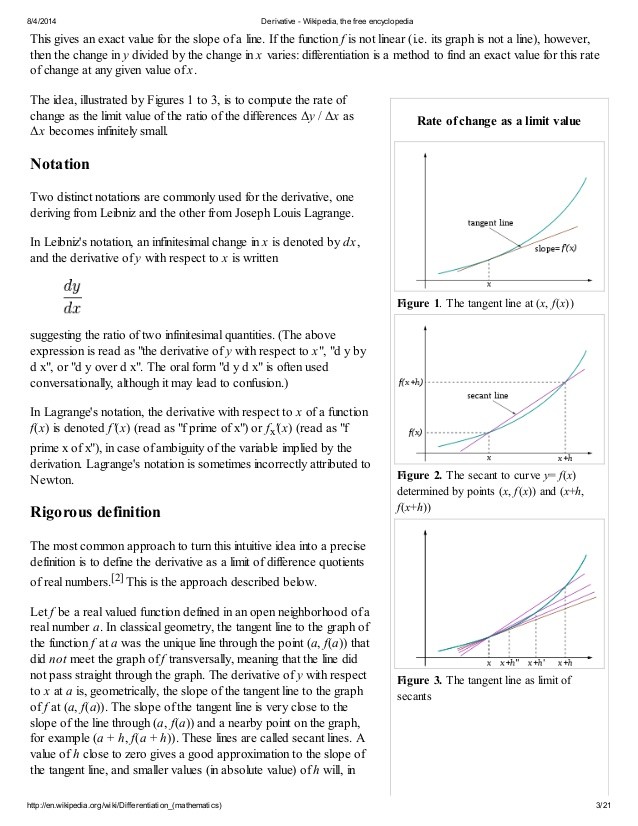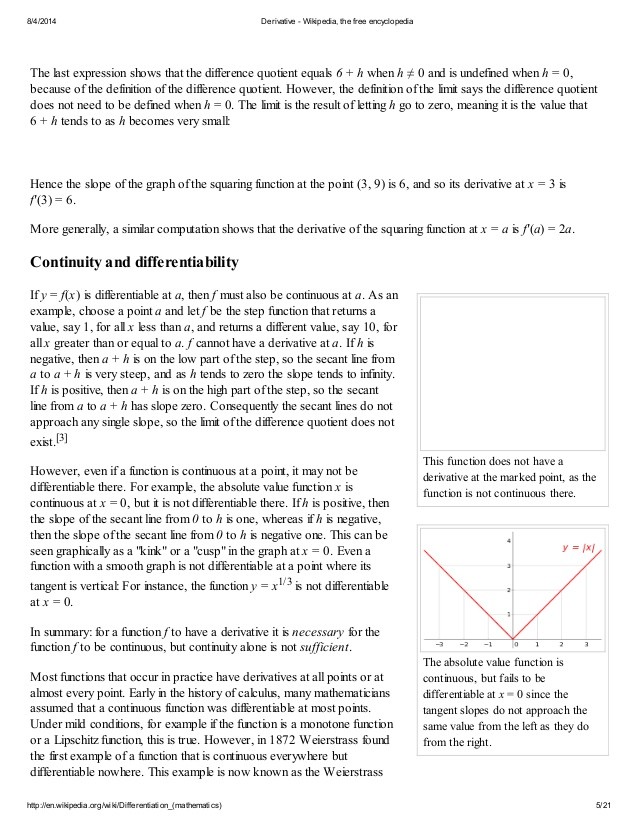Valuation using multiples Wikipedia the free encyclopedia
Post on: 8 Май, 2015 No Comment

This article includes a list of references. related reading or external links. but its sources remain unclear because it lacks inline citations . Please improve this article by introducing more precise citations. (December 2014)
Valuation using multiples or relative valuation [ 1 ] is a method of estimating the value of an asset by comparing it to the values assessed by the market for similar or comparable assets.
The process consists of:
Contents
Valuation multiples [ edit ]
A valuation multiple [ 2 ] is simply an expression of market value of an asset relative to a key statistic that is assumed to relate to that value. To be useful, that statistic – whether earnings, cash flow or some other measure – must bear a logical relationship to the market value observed; to be seen, in fact, as the driver of that market value.
In stock trading, one of the most widely used multiples is the price-earnings ratio (P/E ratio or PER) which is popular in part due to its wide availability and to the importance ascribed to earnings per share as a value driver. However, the usefulness of P/E ratios is lessened by the fact that earnings per share is subject to distortions from differences in accounting rules and capital structures between companies.
Other commonly used multiples are based on the enterprise value of a company, such as (EV /EBITDA. EV/EBIT. EV/NOPAT ). These multiples reveal the rating of a business independently of its capital structure, and are of particular interest in mergers, acquisitions and transactions on private companies.
Not all multiples are based on earnings or cash flow drivers. The price-to-book ratio (P/B) is a commonly used benchmark comparing market value to the accounting book value of the firm’s assets. The price/sales ratio and EV/sales ratios measure value relative to sales. These multiples must be used with caution as both sales and book values are less likely to be value drivers than earnings.
Less commonly, valuation multiples may be based on non-financial industry-specific value drivers, such as enterprise value / number of subscribers for cable or telecoms businesses or enterprise value / audience numbers for a broadcasting company. In real estate valuations, the sales comparison approach often makes use of valuation multiples based on the surface areas of the properties being valued.
Peer group [ edit ]
A peer group is a set of companies or assets which are selected as being sufficiently comparable to the company or assets being valued (usually by virtue of being in the same industry or by having similar characteristics in terms of earnings growth and/or return on investment).
In practice, no two businesses are alike, and analysts will often make adjustment to the observed multiples in order to attempt to harmonize the data into more comparable format. These adjustments may be based on a number of factors, including:
- Industrial / business environment factors: Business model, industry, geography, seasonality, inflation
- Accounting factors: Accounting policies, financial year end
- Financial: Capital structure
- Empirical factors: Size

These adjustments can involve the use of regression analysis against different potential value drivers and are used to test correlations between the different value drivers.
When the peer group consists of public quoted companies, this type of valuation is also often described as comparable company analysis (or comps, peer group analysis, equity comps, trading comps, or public market multiples). When the peer group consists of companies or assets that have been acquired in mergers or acquisitions, this type of valuation is described as precedent transaction analysis (or transaction comps, deal comps, or private market multiples).
Advantages/Disadvantages of Multiples [ edit ]
Disadvantages [ edit ]
There are a number of criticisms levied against multiples, but in the main these can be summarised as:
- Simplistic: A multiple is a distillation of a great deal of information into a single number or series of numbers. By combining many value drivers into a point estimate, multiples may make it difficult to disaggregate the effect of different drivers, such as growth, on value. The danger is that this encourages simplistic – and possibly erroneous – interpretation. [ 3 ]
- Static: A multiple represents a snapshot of where a firm is at a point in time, but fails to capture the dynamic and ever-evolving nature of business and competition.
- Difficulties in comparisons: Multiples are primarily used to make comparisons of relative value. But comparing multiples is an exacting art form, because there are so many reasons that multiples can differ, not all of which relate to true differences in value. For example, different accounting policies can result in diverging multiples for otherwise identical operating businesses.
- Dependence on correctly valued peers: The use of multiples only reveals patterns in relative values, not absolute values such as those obtained from discounted cash flow valuations. If the peer group as a whole is incorrectly valued (such as may happen during a stock market bubble) then the resulting multiples will also be misvalued.
- Short-term: Multiples are based on historic data or near-term forecasts. Valuations based on multiples will therefore fail to capture differences in projected performance over the longer term, and will have difficulty correctly valuing cyclical industries unless somewhat subjective normalization adjustments are made.
Advantages [ edit ]
Despite these disadvantages, multiples have several advantages.
- Usefulness: Valuation is about judgment, and multiples provide a framework for making value judgements. When used properly, multiples are robust tools that can provide useful information about relative value.
- Simplicity: Their very simplicity and ease of calculation makes multiples an appealing and user-friendly method of assessing value. Multiples can help the user avoid the potentially misleading precision of other, more ‘precise’ approaches such as discounted cash flow valuation or EVA, which can create a false sense of comfort.
- Relevance: Multiples focus on the key statistics that other investors use. Since investors in aggregate move markets, the most commonly used statistics and multiples will have the most impact.
These factors, and the existence of wide-ranging comparables, help explain the enduring use of multiples by investors despite the rise of other methods.
Comparison of commonly used valuation multiples [ edit ]
Equity price based multiples are most relevant where investors acquire minority positions in companies. Care should be used when comparing companies with very different capital structures. Different debt levels will affect equity multiples because of the gearing effect of debt. In addition, equity multiples will not explicitly take into account balance sheet risk.














